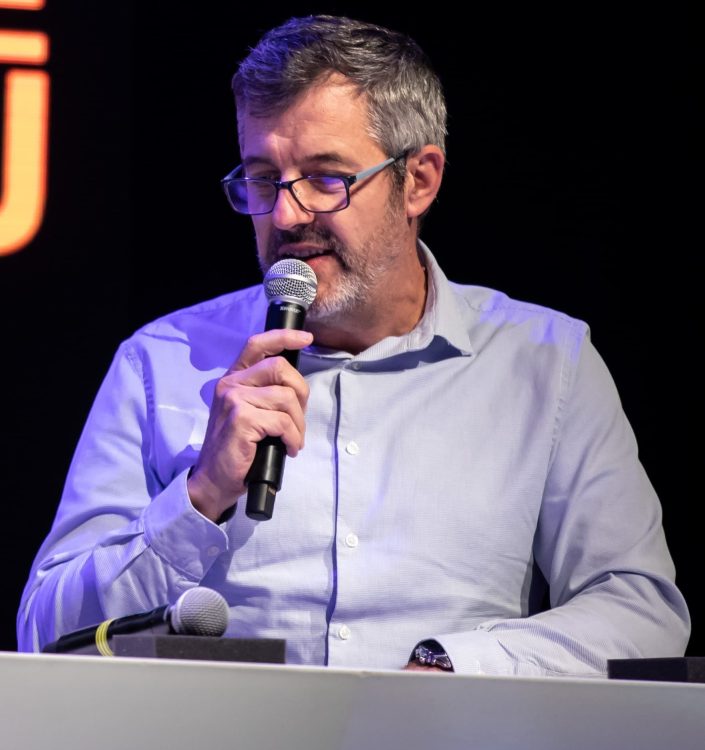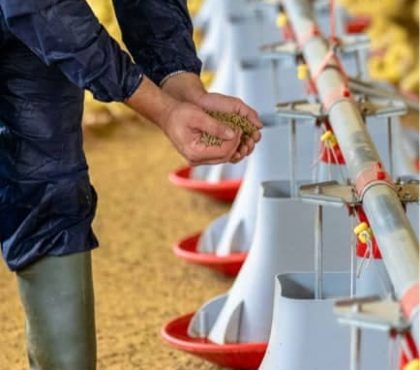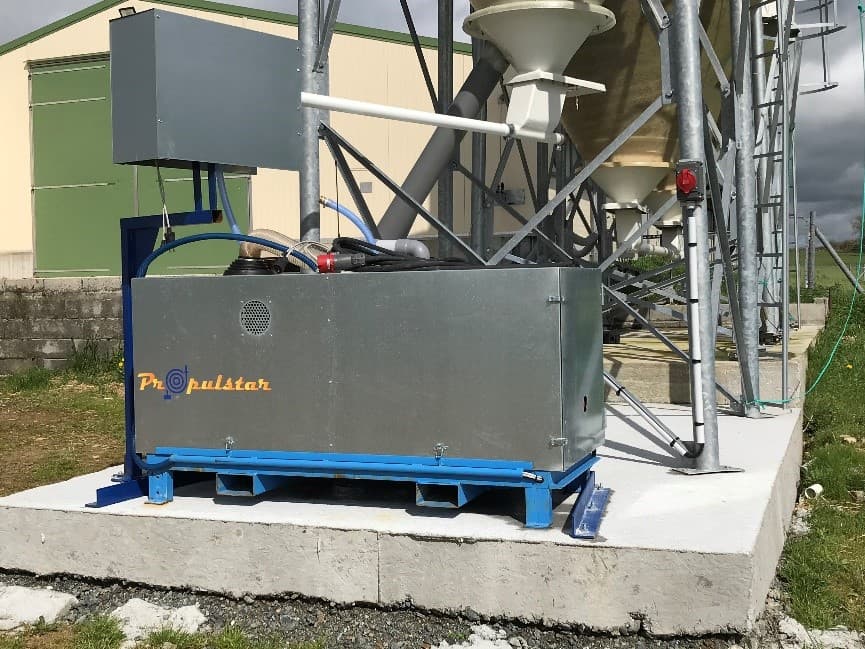
Maïsadour: Why is the notion of breeders’ well-being crucial?
Laurent Audouin: Observing the day-to-day life of our farmers shows us that some tasks are very hard. This is confirmed by the meetings we have with the Jeunes Agriculteurs des Productions Animales group. Today, the lack of manpower, the feminization of the profession or the administrative constraints force us to appreciate the physical and psychological impact on the breeders. We must simplify their daily life.
M: How does Élevage Service develop solutions for breeders?
L.A.: We offer solutions that correspond to our know-how. They are designed by and for breeders, who test the prototypes and give us very valuable feedback. We want to be as close as possible to the reality of the field. For PROPULSTAR, a fixed or mobile straw pellet propulsion system for bedding maintenance, we went even further because we collaborated with a breeder, reworking his own innovation to improve it and industrialize it.

PROPULSTAR and STARLITRAC
The very time-consuming constraint of litter maintenance for palmipeds is solved thanks to our 2 spreading solutions adapted to the size of the buildings. In combination with the litter solutions developed by Sud-Ouest Aliment, our breeders considerably reduce the time spent on their maintenance.
STARDUCK® : automatic feeding of ducks
Since 2016, we have installed more than 30 kilometers of STARDUCK® palmiped feed chains. This innovation allows us to distribute the same amount of feed to each plate with a single manipulation. In addition, cleaning operations are made easier thanks to the pivoting of the chain at the time of lifting.

M: How do you see the future at Élevage Service?
L.A.: There are many issues at stake and they are conditioned by the evolution of technologies. As far as breeding in mobile buildings is concerned, we need to integrate automation and/or decision support tools in all breeding processes. In 2023, we will enable the automation of certain time-consuming operations (opening of hatches, control of the environment). We are also working on solutions for remote surveillance/monitoring of environmental conditions in mobile buildings (during 2024). Finally, we are taking a close look at exoskeletons, which are articulated mechanical devices that can provide valuable assistance during certain operations, such as repetitive tasks or those requiring significant physical effort.
